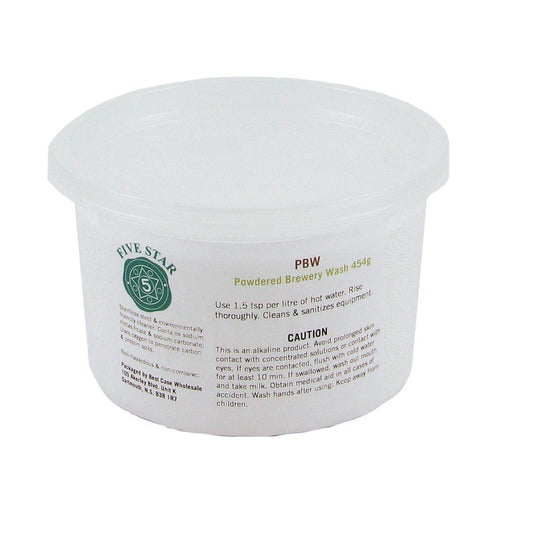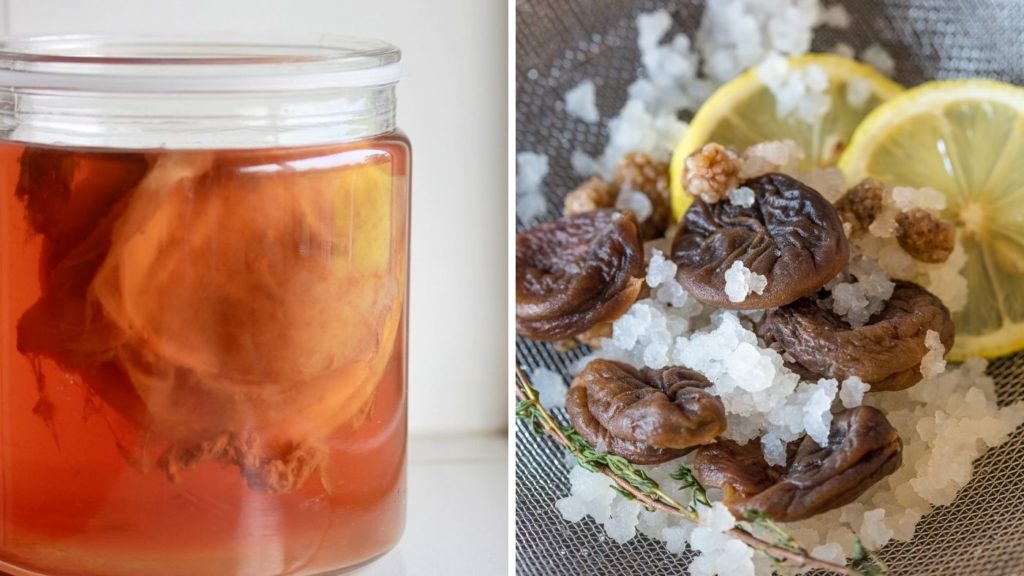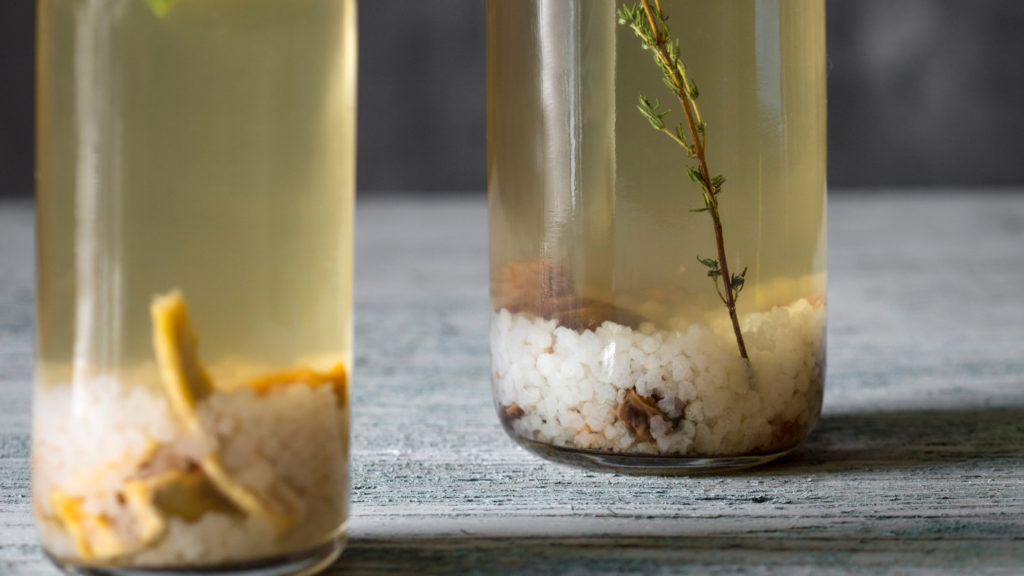Want to make your homemade water kefir but wondering “what do I need to make kefir”? Don’t worry, we’ve got you covered!
Water kefir, also known as tibicos, is a fermented beverage that’s very easy to make at home.
Once you’ve bought some water kefir grains, all you need to do is choose a container for fermentation (kefir fermenter) and something to filter it through once it’s ready.
This article will help you identify the essential water kefir supplies, as well as the optional but practical accessories.
In Summary:
For making kefir at home, we recommend using a 1 to 1.5 litre wide mouth glass jar, as well as a cotton filter, a fine sieve, and pressure resistant bottles. For ease of use, we recommend the Kefirko kit, an all-in-one container including a sieve.
In a hurry? Go directly to the section that interests you:
Which Container to Use to Make Water Kefir?
The most commonly used containers (or kefir fermenter) for making water kefir at home are 1 to 1.5 litre wide mouth glass jars.
Glass is acid-resistant and easy to clean. The wide mouth allows the kefir to breathe.
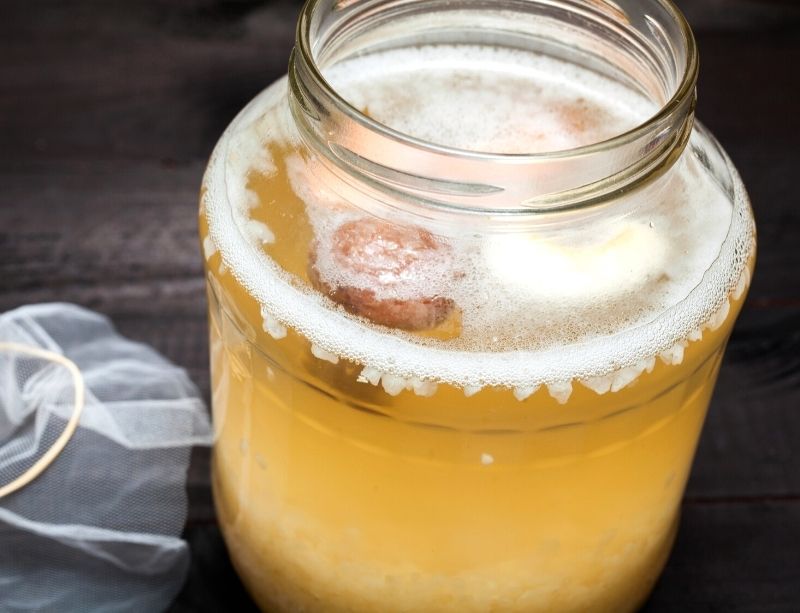
Kefir only takes 24 to 48 hours to ferment, so there’s no need to make large quantities all at once!
Kefirko jars are complete and designed to make homemade kefir much easier to prepare.
Kefirko Kefir Making Kit
$47.90 - $54.00
The Kefirko kefir making kit is specially designed to simplify the preparation of milk kefir and water kefir.
Shop nowYou can also opt for a 3.8L (1 gallon) jar, but only fill it halfway to avoid ending up with too much kefir… unless, of course, you want to drink 3L of kefir a day ;)
1 Gallon Fermenting Glass Jar
$27.50 - $32.29
Simplify your homemade fermentation production with this high-quality 1 gallon fermenting glass jar, with or without airlock!
Shop nowContainers to Avoid
Avoid using containers with narrow openings, such as carboys. Fermentation needs oxygen to run smoothly, and openings that are too small won’t allow proper aeration.
You should also avoid using ceramic jars, which could contain harmful substances such as lead. You don’t want to contaminate your grains!
What Fabric Should I Use to Cover My Water Kefir?
Fabric plays two roles: It lets air through and prevents insects and dust from contaminating the kefir.
Choose a fine, tight-knit fabric like a napkin, a dishcloth, a fine cotton cloth, etc. Make sure it is securely fastened to the container with a rubber band.
Note: The Kefirko Kefir kit has a lid that can be unscrewed slightly, allowing the kefir to be aired. Therefore, no fabric is needed.
Fabrics to avoid:
- Etamine (cheesecloth): The mesh is too large, allowing fruit flies to sneak into your jar.
- Coffee filters or paper towels: They don’t allow good aeration.
Which Sieve Should I Use to Filter My Water Kefir?
When the water kefir is ready to be bottled, you need to separate the kefir (beverage) from the kefir grains and fruit used during fermentation. There are several tools you can use to do this.
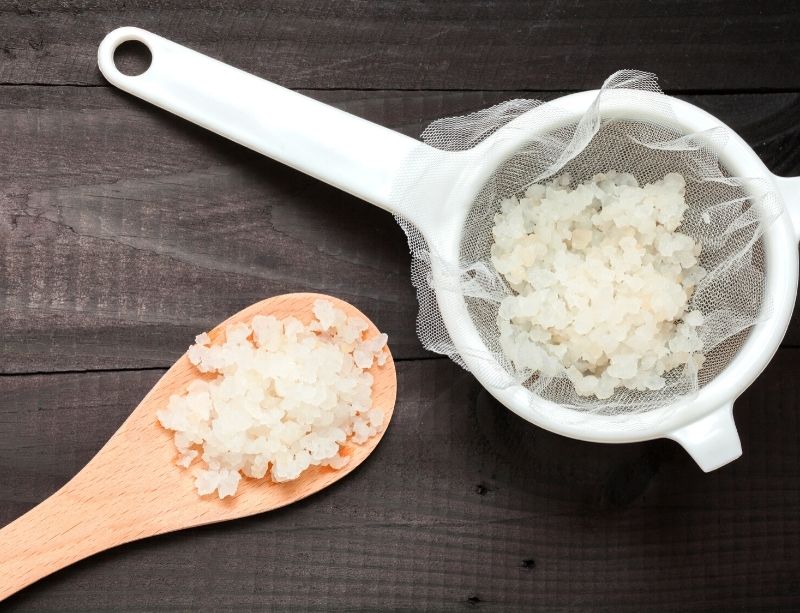
- Sieve: Contrary to popular myth, it can be made of metal, as, with few exceptions, all metal kitchen utensils are stainless steel. Water kefir grains can come into contact with stainless metal without any problem. Using a stainless steel sieve is therefore not only safe but also very practical for effectively filtering your kefir!
- Nylon Filter: Before fermentation begins, the kefir grains can be placed in a nylon filter. Once fermentation is complete, it will then be easy to separate the kefir grains from the fermented beverage.
- Strainer: The holes in the strainer must be very tiny to prevent smaller grains from passing through. The Kefirko kit contains two types of strainers built into its lid. Use the finer one if your grains are small.
- Funnel: Some funnels have a built-in filter, which is very useful for separating the grains from the kefir during bottling.
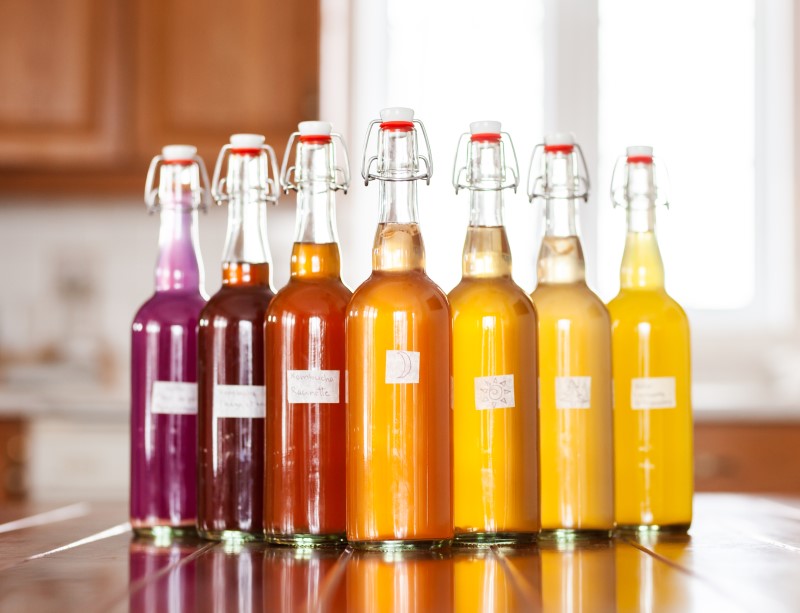
Which Bottles Should Be Used to Bottle Kefir?
The bottles used for storing and bottling kefir must be airtight and pressure resistant.
This way, they will trap the gas created during the second fermentation to make fizzy kefir and will not crack under the pressure that builds up in the liquid.
The best bottles:
- “Swing-top” bottles
- “Grolsch” type beer bottles
- Carbonated beverage bottles
- Recycled kombucha or kefir bottles
750ml Swing Top Glass Bottles (Case of 12)
$49.90 $58.90
Effortlessly store and carbonate your fermented beverages with these foolproof swing-top glass bottles!
Shop nowBottles to Avoid:
- Decorative bottles (fragile, risk of explosion)
- Mason jars (cannot withstand pressure)
- Wine bottles
After fermenting for a few days at room temperature, place your kefir bottles in the fridge to stabilize the internal pressure. To find out more, read our guide on How to make your homemade water kefir.
Optional Accessories
Funnel
The funnel allows you to pour the kefir into the bottles without spilling it everywhere. Choose a metal or plastic one.
Stainless Steel Funnel With Strainer
$14.30
Transferring your fermented beverages and other liquids into a container has never been easier than with this stainless steel funnel with a strainer!
Shop nowThere are also funnels with built-in filters, which are extremely practical.
Wooden Spoon or Ladle
Useful for diluting the sugar in the water before adding the kefir grains. Any kitchen utensil will do (even a metal one, as it’s certainly stainless)!
Refractometer
You can use a refractometer to calculate the amount of sugar in water kefir. It’s not essential for making kefir at home, but it can be a useful tool for people watching the amount of sugar they consume.
Brewery Wash
The bottles used to bottle water kefir have narrow necks and can be difficult to clean without the right tools.
Fortunately, brewery wash makes it easy to remove thick, encrusted organic dirt. This cleaner works simply by soaking and rinsing.
PBW Cleaner (Powdered Brewery Wash)
$13.90
Powdered Brewery Wash, or PBW cleaner, is a must for any fermenter that wants to improve their equipment cleaning!
Shop nowYou can also use conventional soap, a flexible bottle brush, and a little elbow grease!
Fermentation Calendar
Are you the busy type or juggling several fermentations at once? The Kefirko fermentation clock can help you keep track!
This little gadget can come in very handy if you’re easily confused about dates. All you have to do is set its little arrow to the fermentation start date, so you can easily see when you’ve started!
This little calendar fits easily onto the lid of your Kefirko kit.
Frequently Asked Questions
Should metal utensils be avoided when using kefir?
No. Contrary to popular belief, it is not necessary to avoid metal utensils when making water kefir at home. With rare exceptions, all the metal utensils found in kitchens are stainless steel. They do not damage or alter the kefir grains.
Can Plastic Jars Be Used to Ferment Water Kefir?
It’s best to avoid using plastic jars for fermenting kefir. They can absorb flavours and odours, and some plastics may release undesirable substances during fermentation.
Can Mason Jars Be Used to Bottle Kefir?
No, Mason jars are not recommended for bottling or storing kefir. These jars are not designed to withstand the pressure generated by kefir fermentation and may therefore be at risk of rupture.
Is There an All-In-One Kit for Making Water Kefir?
Yes, there are all-in-one kits, such as the Kefirko Kit, which include a container for fermentation, a sieve for filtering the kefir grains, and a lid system for aerating the kefir. However, the kefir grains are not included in this kefir kit.
What Is the Ideal Volume of a Kefir Fermenting Container?
The ideal volume for fermenting kefir depends on how much you drink. If you’re on your own, a 750 ml container may be enough, as fermentation is fast (24 to 48 hours). For a family, two containers of around 1.5 litres may be more practical, to allow adequate production and experimentation with new recipes.




